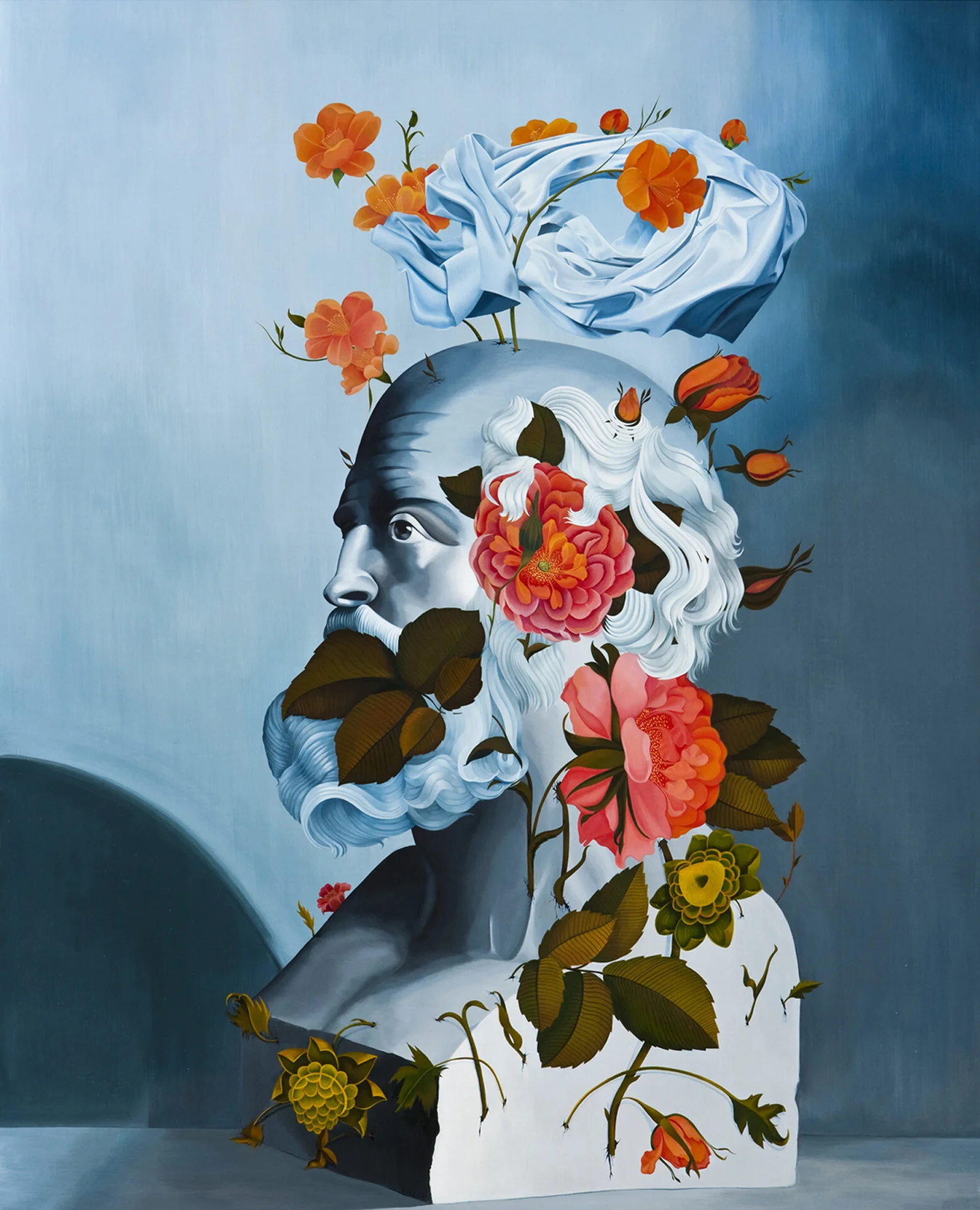ALA EBTEKAR & TARAVAT TALEPASAND
CHARLIE JAMES GALLERY LOS ANGELES, CA
Charlie James Gallery is pleased to announce LA’s first concentrated introduction to the work of Bay Area artists Ala Ebtekarand Taravat Talepasand. Hampah, the show’s title, is taken from Farsi and means, loosely, ‘two walking a shared path.’ This is the first time that these two rising Iranian-American artists have shown together, and it is the occasion of the Persian New Year in Los Angeles that brings them together.
Hampah is structured as a dialogue between Ala Ebtekar and Taravat Talepasand on the subject of Iranian-American identity. These two artists, despite sharing similar backgrounds, have processed their experiences of growing up between two cultures quite differently. Ebtekar aims to re-imagine an epic Persian history with the breadth to extend from antiquity to the conflicted present. For the exhibition he contributes large-scale two-dimensional pieces and two sculptural pieces. A fifteen-foot mixed media triptych functions as a contemporary illuminated manuscript, with acrylic and ink images rendered over an ancient Farsi prayer book. This piece centers the show; it provides the historical continuum against which the dialogue between the two artists can take place. Ebtekar paints folkloric Persian birds over the prayer book text, but also includes more intrusive contemporary images such as planes and bombs to accent the recent history of conflict in Iran. The martial theme expands with a large, graphite on paper drawing of mounted soldiers moving over a ghostly procession of space and time. This piece is activated by two sculptural contributions, a Persian war helmet updated with contemporary cultural flourishes, and a pair of sneakers adorned with Persian and hip-hop accents.
In answer to Ebtekar’s masculine meditations on time and war, Taravat Talepasand offers an arresting personal response. For Talepasand the wars, military and cultural, of Persian past and present exact their toll at the individual level. Her work is a channeling of the experience of growing up Iranian in America, rendered in largely autobiographical drawings, paintings, and sculpture. The graphite on paper works have a high-level of descriptive precision but achieve an imagined quality – they seem to float as if remembered from a dream or conjured from memory. In three distinct but connected drawings, Talepasand features a partially skeletal version of herself in the guise of a suicide bomber, then a fully skeletal version of herself again wrapped in the bomber’s headscarf, this time drained of color, and finally as a skeletal visage laid bare completely. To further the interchange, Talepasand also submits a pair of shoes, dramatic in their delicacy and handling of Persian and American influences. The contrast in interpretive positions is striking, as Ebtekar applies a wide-angle historical lens to reinterpret Persian history, Talepasand offers extreme close-ups of the casualties of conflict and of time-honored tradition. And perhaps appropriately, this charged inter-gender dialogue takes place in America on the occasion of the Persian New Year.





